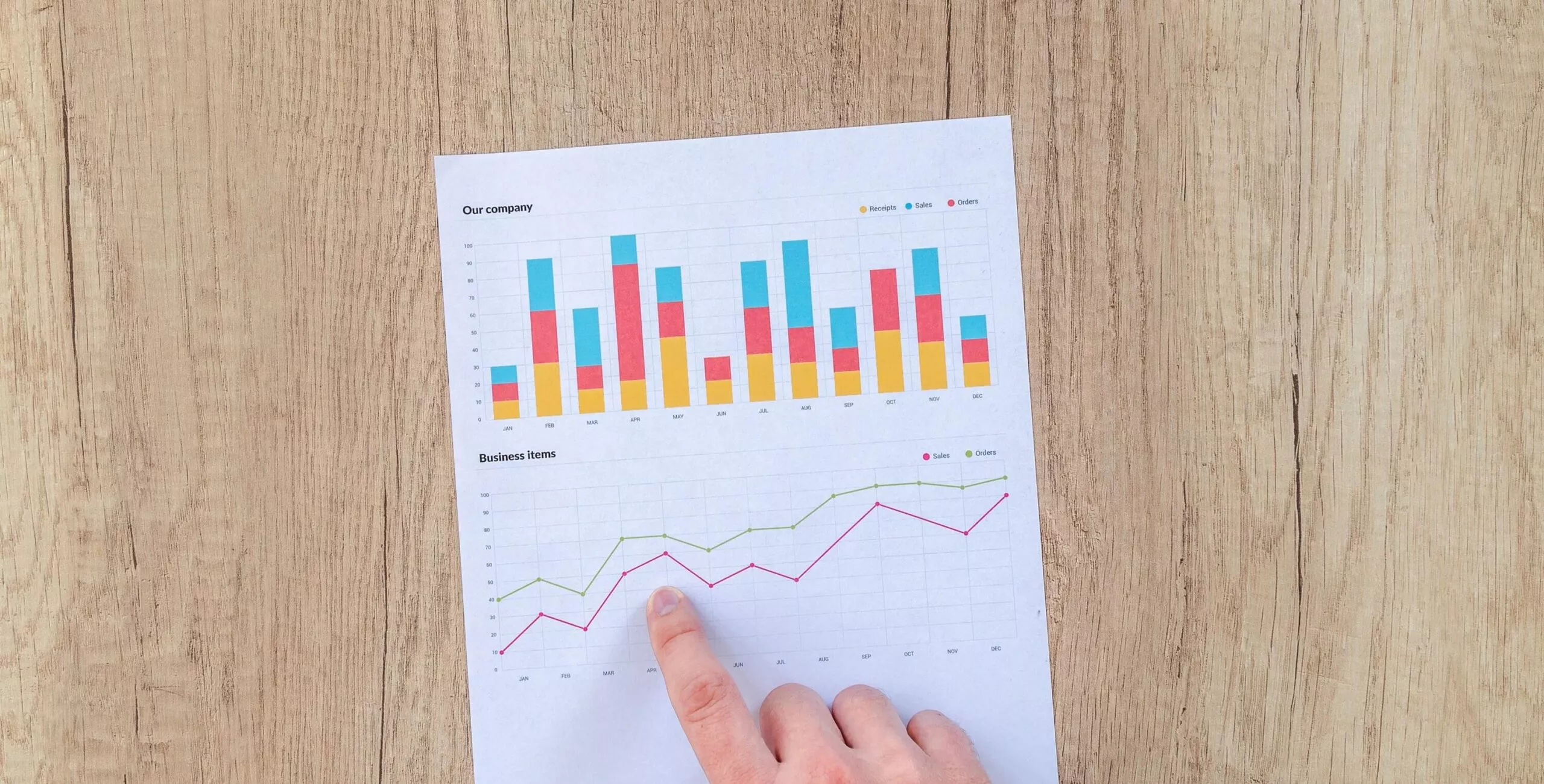In business, leaders often focus on making things better through continuous improvement processes. They use strategies like figuring out the root causes of problems and conducting 5s audits so they can get better and better results all while adhering to the principles of lean thinking. However, leaders who are too disconnected from work sites might end up causing more problems than they solve. That’s why visiting work areas regularly can help them stay connected.
Gemba (現場), a Japanese term meaning “actual place,” is often used for places like the work floor where value-creating tasks happen. Lean thinkers use it to talk about the place where value is made. Japanese companies also talk about “genchi gembutsu,” which means “go and see,” emphasizing the importance of experiencing things firsthand.
A Gemba walk is a management practice where leaders directly observe work processes and ask their employees questions to understand the reality of the work situation before making decisions.
The specific practice of the Gemba walk can vary depending on the industry.
What is a Gemba Walk?
At first glance, a Gemba walk might seem simple – just going to see what’s happening in the workplace. But mastering this approach takes time and practice, and businesses need to figure out how to make it valuable for them.
Here’s a quick overview:
- Who: A Gemba walk is usually done by managers and executives, but anyone can join to observe processes.
- What: During Gemba walks, participants examine current processes and seek out potential issues. Some walks focus on specific aspects of a process, such as identifying different types of waste.
- Where: While Gemba walks can cover entire value streams, they often target specific areas to avoid overwhelming participants. For instance, a walk might start at the shipping department and move backwards through production.
- When: The frequency of Gemba walks varies based on the situation and who is leading them. Managers might conduct daily walks to stay informed, while executives might schedule them weekly or monthly.
- Why: Gemba walks allow those who don’t get much exposure to the shop floor to see what’s happening in the workplace.
It’s important to note that Gemba walks differ from the practice of Management by Wandering Around (MBWA), which tends to be random and can create a sense of micromanagement. On the contrary, Gemba walks are about engaging with and developing people, not just monitoring them.
Why are Gemba Walks Important?
Gemba walks are essential for managers and leaders whether they’re onsite or working remotely. They allow them to see how operations work firsthand, helping them understand processes better. By observing directly, they can correct misunderstandings and make positive changes that last. Originating from Toyota, Gemba walks support ongoing improvement efforts and bridges the gap between leadership vision and operational reality.
What is the Purpose of Gemba Walks?
Gemba walks, originating from the Japanese term “Gembutsu” (meaning “the actual place”), have a clear goal: to observe, listen, learn, and assist. This method efficiently allows leaders to understand what is effective and what needs improvement by being present with workers on the floor. During Gemba walks, leaders delve into how workers approach problem-solving and continuous improvement in their daily tasks.
These walks are organized and conducted with specific goals in mind, such as improving customer service, ensuring standard work, enhancing safety, increasing productivity, fostering creativity, and optimizing workspace efficiency.
Moreover, Gemba walks aim to:
- Identify Issues: Gemba walks help leaders discover issues and gain valuable insights on how to enhance processes.
- Reduce Waste: By pinpointing redundancies, bottlenecks, non-value-added steps, safety hazards, etc., Gemba walks aim to decrease existing waste and find opportunities for continuous improvement.
- Lead to Goal Discussions: Gemba walks allow leaders to engage in meaningful discussions with employees to talk about goals and objectives.
- Build Relationships: Gemba walks focus on establishing stable relationships with the individuals who perform the work and create value.
Elements of an Effective Gemba Walk
Gemba walks are about leaders going to where the actual work is done to help improve processes like Kaizen events and Layered Process Audits (LPA). It lets them see how things work from the perspective of the employees doing the job.
Here are some key steps for a successful Gemba walk:
- Go See: Walk around and see if things are being done the right way and if they’re getting the desired results. Participants can use a checklist to note what they see and refer to it later during discussions.
- Ask Why: Leaders should ask questions to understand the process better and find ways to make it better. They should listen to what employees have to say and encourage them to suggest improvements. Techniques like the 5 Whys can help uncover underlying issues.
- Show Respect: Work with employees to understand their challenges and find solutions together. Gemba Walks should focus on problems, not on blaming workers.
Using standardized checklists that match the organization’s rules is crucial to make sure all aspects of the process are covered during Gemba walks.
Gemba and Its Role in Total Productive Maintenance
Gemba and total productive maintenance are related concepts often associated with the kaizen methodology, but they have distinct meanings and applications. It concentrates on observing the facility, continuous improvement, problem-solving, and adding value to a team. In contrast, TPM is a strategy where everyone in the facility, from executives to junior technicians, participates in maintenance efforts, making it a collective responsibility.
Executives, managers, and supervisors can conduct Gemba walks as part of a TPM strategy. This involves gaining perspective by observing the facility, confirming reported information, and enhancing their understanding of the overall state of the organization.
Gemba Walk Process
-
Schedule Regular Gemba Walks
Gemba walks shouldn’t be a surprise. Pick a regular time for them and let your team know in advance. This way, everyone has time to get ready. Be clear about why you’re doing the walks so your team doesn’t feel like they’re being watched too closely.
-
Narrow Your Focus
Each Gemba walk should look at one thing at a time. Use a checklist to spot areas where you can make things better. For instance, one walk might focus on safety signs, while another looks at how the stockroom is organized.
-
Observe Without Judgment
During a Gemba walk, the goal is to gather information rather than point out mistakes. It’s important to wait until all the data is collected and analyzed before addressing any issues. Jumping to corrections too soon can derail the purpose of the gemba walk and make it feel like a blame game.
-
Share Insights Freely
It’s beneficial to share what you’ve learned with everyone, not just management. By involving the entire team, especially those who contributed on the floor, everyone feels more invested in the process. This encourages greater participation in future walks and leads to more meaningful insights for improving maintenance processes.
Gemba Walk Questions
When doing a Gemba walk, asking the right questions is crucial. For maximum effectiveness, facilitators should be ready with a checklist of thoughtful questions. Instead of trying to find someone to blame, it’s more helpful to approach it with a focus on finding solutions.
Here are some good Gemba Walk questions:
- What tasks are you responsible for?
- How does your work align with our company goals?
- What’s the standard for completing your tasks?
- How did you learn to do your tasks?
- Why do you perform this specific task in this way?
- If you could do it your way, how would you complete this task?
- What happens if you don’t have access to equipment, tools, or materials?
- Why do you believe it’s essential to complete this task effectively?
- How can I help overcome obstacles to achieving high-quality results?
- Are there any other questions you think I should be asking?
A Gemba Walk Checklist Example
Before starting a Gemba walk, it’s crucial to have a checklist ready. This helps you stay focused and target your efforts effectively. You can include questions in your checklist to better understand the process you’ll be observing.
Here are some examples of questions you might include:
- What processes are currently underway?
- Is there a set process or standard for this type of work?
- Are there any existing problems with the process?
- Do you understand why the process is encountering issues?
- How do you propose to address the problem?
- What tools do you use to identify the root cause of problems?
- If you discover an issue, who should be notified?
Tips for a Successful Gemba Walk
Start by deciding what the walk will focus on and why it’s happening. Talk about the walk beforehand to make everyone feel comfortable and ready to participate. Let employees know you’re not looking for the right answers or judging them; you’re just there to observe and hear their honest thoughts.
During the walk, ask employees questions and encourage them to share feedback on processes. When planning future walks, ask for suggestions on what areas could use improvement.
Having an experienced coach or consultant join the walk can help keep things on track. Partnering with a consultant can provide valuable insights for your team and workplace.
To make Gemba walks part of your routine, consider using a CMMS app like NEXGEN mobile to track the data you need to contribute to insights you gain through Gemba walks. Approach the process with openness, respect, and a genuine interest in making things better for everyone, and Gemba walks will become an important tool for efficiency improvement in your organization.
Want to see how NEXGEN can contribute to your innovation process?
Frequently Asked Questions (FAQs)
-
What does Gemba mean?
Gemba, a Japanese term, means “the real place” where work happens and value is created. It can include places like the factory floor or sales site where employees directly contribute to product creation or service delivery.
-
How long should a Gemba walk be?
Gemba Walks usually last between 15 to 45 minutes per unit or department. This time allows for questions, insights from employees, and identification of potential improvements.
-
Who should do a Gemba walk?
Gemba Walks are typically led by managers or supervisors overseeing teams and business processes. However, anyone interested in understanding work processes and improving them can conduct a Gemba walk.
-
What are the results of Gemba walks?
Gemba walks promote teamwork by revealing workplace realities and identifying areas for improvement. They help build better relationships between employers and employees by sharing learning experiences towards achieving company goals.
-
How often should you conduct Gemba walks?
The frequency of Gemba walks depends on company goals, team size, and desired outcomes. It can range from quarterly to weekly, depending on the need to meet quality objectives and improve processes.





